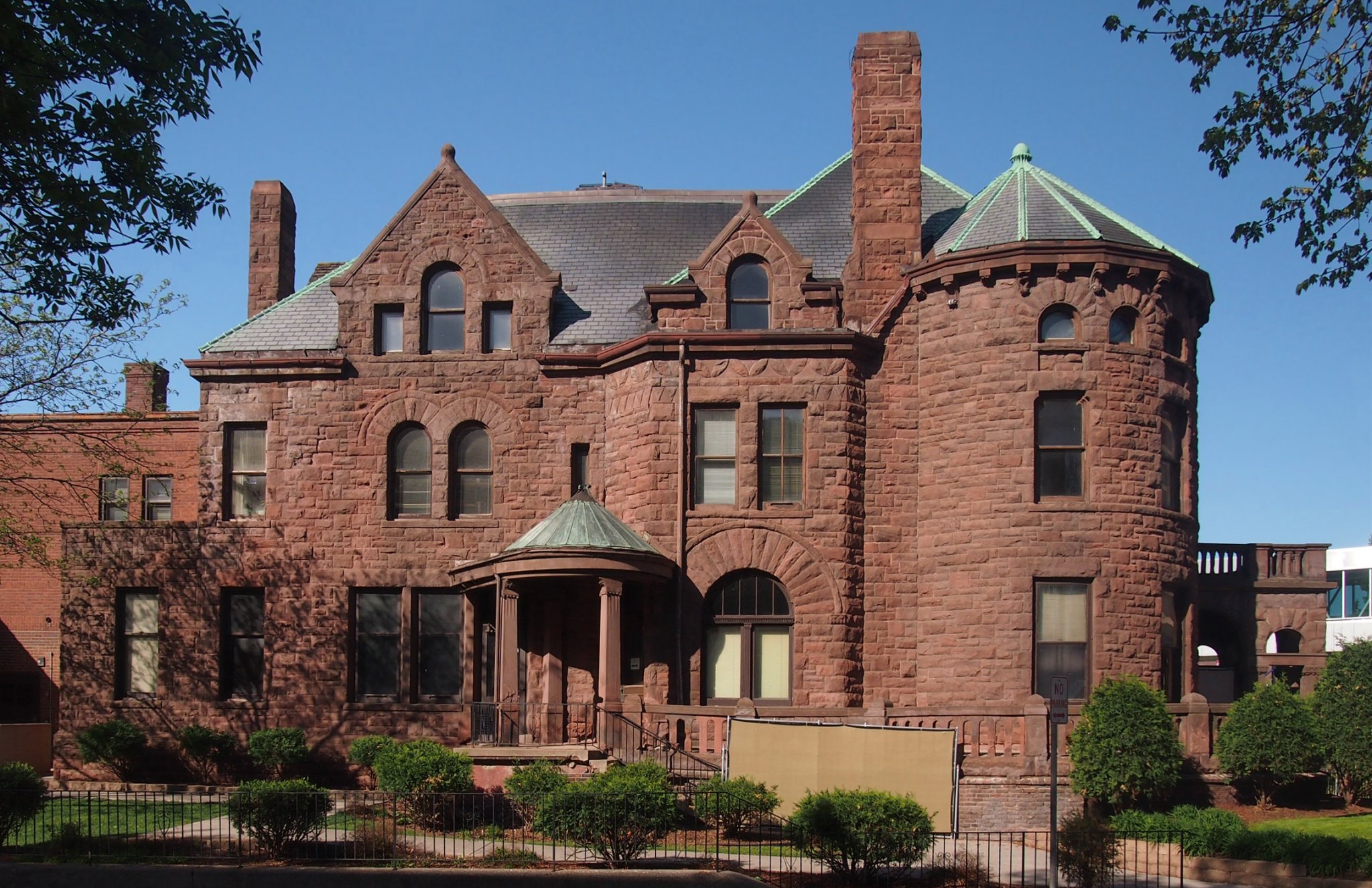
A historic mansion and deadweight for Minneapolis Community and Technical College has been sold and could be turned into “resident amenities” for new apartment buildings as well as possible additional housing units.
The mansion, named the H. Alden Smith House, was built in 1887 for wealthy businessman H. Alden Smith, co-owner of the Smith & Wyman Sash and Door Company. The impeding redevelopment of the house would follow the trend of renovating and repurposing old buildings downtown.
The house was added to the National Register of Historic Places in 1976 and is one of the only surviving historic mansions on Harmon Place beside Loring Park. Since then, it has served as a mortuary—possible contributing to the spooky stories and the idea that the house is haunted—a setting for comedy movie Drop Dead Fred, and finally office and conferences spaces for MCTC.
After not receiving requested funds to upgrade the mansion, MCTC decided the costs of renovating it outweighed other needs of the college and looked to sell the property to the City of Minneapolis—the mansion’s appraised net value is negative $4.2 million, including costs for rehabilitation, the college system says.
Dick Kronick, Preserve Minneapolis board member and editor-in-chief of Minneapolis Historical, says owners of old mansions definitely feel pressure to get rid of them when they considering the work it would take to get the homes up to code. Sometimes it isn’t worth it to fix these houses, Kronick adds, even though such a decision conflicts with the desire to preserve the past. “We’re losing houses from the late 19th century, and we should save some of them, so we know what some of them look like,” he says. “But you can’t save every one.”
MCTC offered up two additional parcels of land for the possible sale as inducements, one that held a garden and one that housed a theater, since the sale would require additional properties to make up for renovation costs. MCTC will pay Minneapolis $20,000 in administrative fees to cover the costs of the sale and has agreed to sell the properties for $1.
The architectural style of the mansion is Richardsonian Romanesque, a style based on techniques of architect Henry Hobson Richardson, that was popular from approximately 1870 to 1895. Richardson used inspiration from 11th and 12th century Spanish and French designs that incorporated rough-cut stone, semicircular arches, deeply recessed windows, and towers with cone-shaped roofs, features characteristic of this variation on the Romanesque Revival style.
By Jenna Allen


















